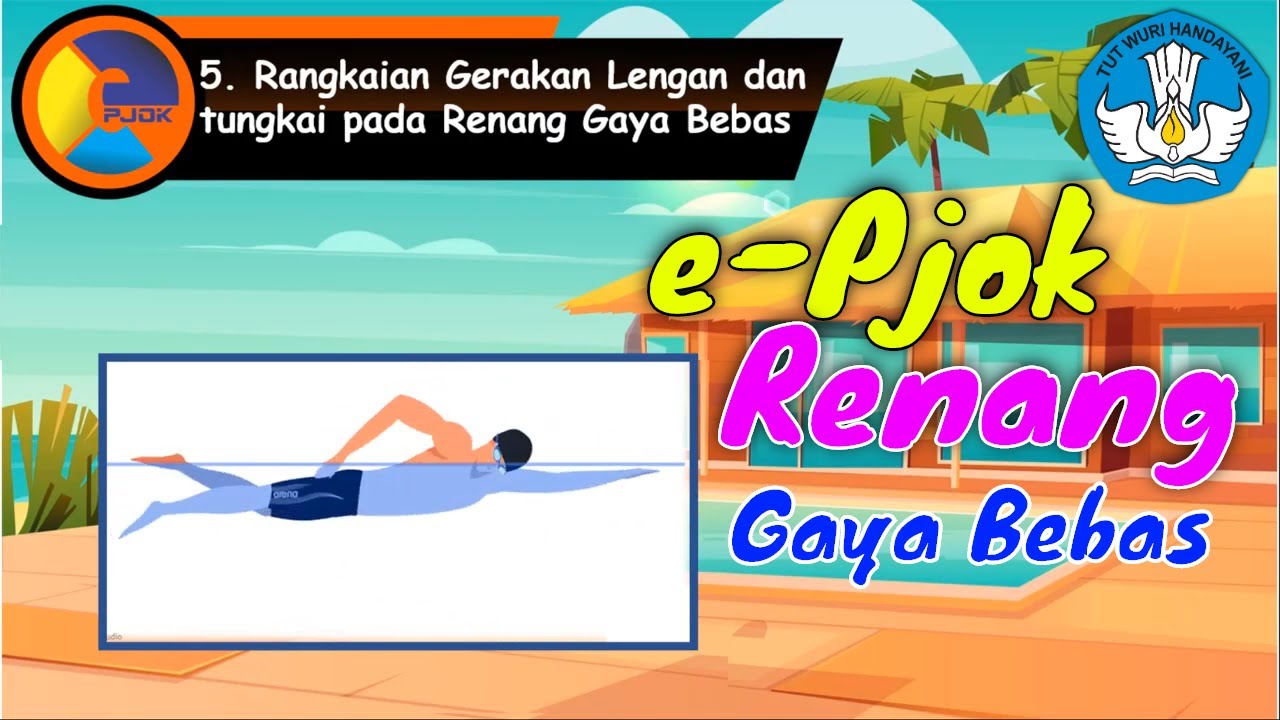LEARN TO SWIM: TUTORIAL FOR BEGINNERS (THIS WORKS!)
Summary
TLDRThis video offers essential swimming lessons for all levels, emphasizing relaxation in the water as a key to confidence. It covers the importance of getting accustomed to water resistance, facing fears by submerging the face without goggles, and understanding buoyancy with air in the lungs. The script introduces various drills, like the buoy exercise and the star drill, to help swimmers float and feel at ease in the water, ultimately leading to a more efficient and enjoyable swimming experience.
Takeaways
- 🏊♂️ Learning to swim is essential for everyone, from beginners to experienced swimmers and even athletes participating in events like Ironman.
- 👶 It's easier for children to learn swimming due to their adaptability, but adults can also learn with practice and patience.
- 🧘♂️ The most important rule in swimming is to be relaxed in the water, as stress and tension can hinder flotation and swimming efficiency.
- 🏊♀️ The human body doesn't naturally float; it requires air in the lungs to be buoyant, similar to how a stone sinks when a swimmer is tense.
- 🌊 Getting used to being in the water and feeling comfortable is crucial for learning to swim effectively.
- 👓 Practicing with the face in the water without goggles can help overcome the fear of being submerged and prepare for various water situations.
- 🤽♂️ Starting with basic swimming skills before moving on to freestyle or competitive strokes is recommended for a strong foundation.
- 🏋️♀️ Regular training and practicing foundational swimming exercises can help improve swimming speed and ease.
- 🏊♂️ Finding a suitable pool with a shallow area and comfortable temperature is important for a safe and effective learning environment.
- 🧘♀️ Exercises like floating and imagining zero gravity can help swimmers feel more relaxed and confident in the water.
- 🌀 The 'star drill' and other exercises are designed to help swimmers maintain proper body position and feel at ease in the water.
Q & A
What is the main focus of the video?
-The main focus of the video is to teach viewers how to be confident in the water and learn to swim in a relaxed manner.
Who is the target audience for these swimming lessons?
-The target audience includes not only beginner swimmers but also those who regularly train and participate in events like Ironman.
Why is it easier for children to learn to swim compared to adults?
-It is easier for children to learn to swim because they can more readily adapt to new skills and their vestibular system gets used to different body positions without subconscious tension.
What is the most important rule for swimming according to the video?
-The most important rule for swimming is to remain relaxed in the water.
What happens to the body when a swimmer is in a stressful situation while swimming?
-When a swimmer is in a stressful situation, they may become frightened, start panicking, and get tense, which can lead to wasted energy and difficulty in staying afloat.
Why doesn't the human body naturally float on the top of the water?
-The human body doesn't naturally float on the top of the water because it doesn't have air in the lungs; when tired and tense, a swimmer can sink like a stone.
What is the significance of having air in the lungs while swimming?
-Having air in the lungs is significant because water will push the body up to the surface, providing buoyancy and making it easier to stay afloat.
Why is it recommended not to start with freestyle when learning to swim?
-It is recommended to learn the basics of swimming first before practicing freestyle to ensure a solid foundation and to avoid developing bad habits.
What are the characteristics of an ideal pool for learning to swim?
-An ideal pool for learning to swim should be shallow enough to stand, have a comfortable temperature, and provide a safe and easy learning environment.
What exercise is suggested to help overcome the fear of being in the water without goggles?
-The exercise suggested is to stand in the pool, keep hands on the lane rope or wall for stability, put the face down in the water, and open the eyes to get used to being in the water without goggles.
How can one practice relaxation in the water before learning to swim?
-One can practice relaxation in the water by stretching the body forward with fully relaxed hands and trying to memorize the feeling, or by performing the 'star drill' with support from the lane rope or wall.
Outlines

This section is available to paid users only. Please upgrade to access this part.
Upgrade NowMindmap

This section is available to paid users only. Please upgrade to access this part.
Upgrade NowKeywords

This section is available to paid users only. Please upgrade to access this part.
Upgrade NowHighlights

This section is available to paid users only. Please upgrade to access this part.
Upgrade NowTranscripts

This section is available to paid users only. Please upgrade to access this part.
Upgrade Now5.0 / 5 (0 votes)





